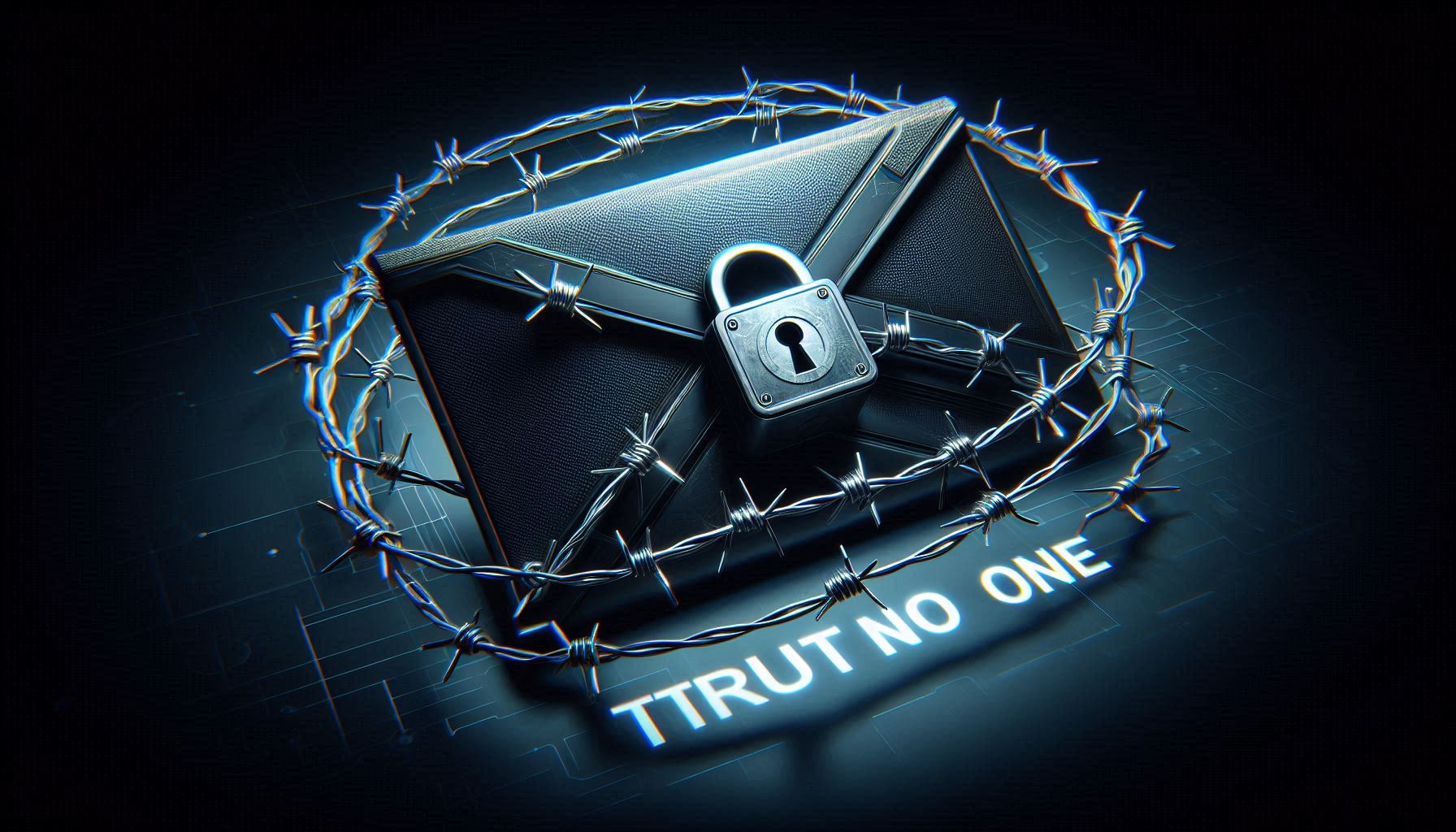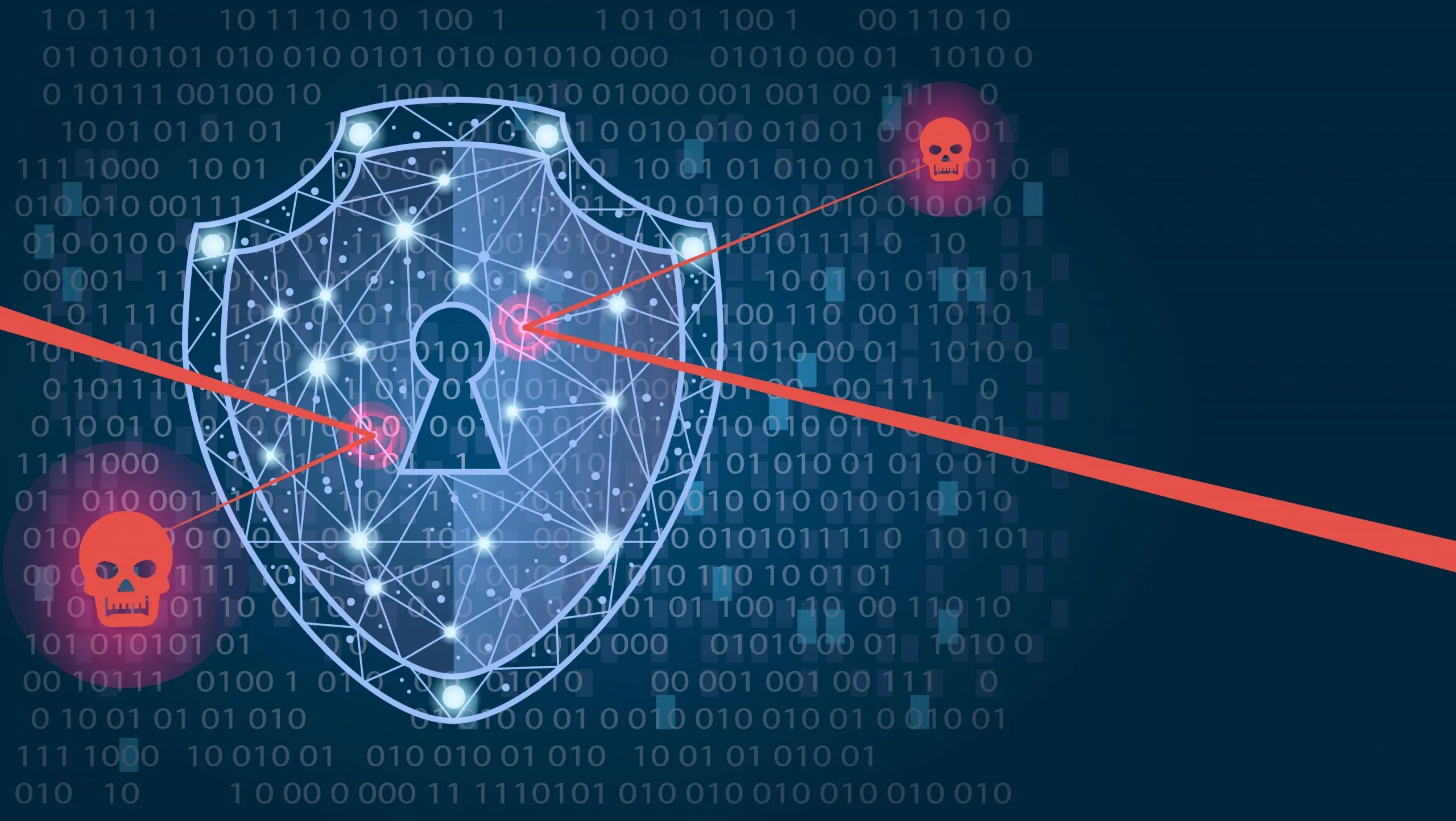If your inbox is your front door, Zero Trust is the deadbolt.
The old model of ‘trust but verify’ just doesn’t cut it anymore. Today’s most dangerous threats often come disguised as emails from coworkers, clients, or even your own bank.
That’s why modern cybersecurity experts rely on a Zero Trust model—“assume nothing, verify everything.”
What Is Zero Trust?
Zero Trust means no one and no device gets automatic access. Every login, every device, every request is treated as suspicious until proven otherwise.
That might sound harsh—but it’s incredibly smart.
How to Apply Zero Trust to Email
– Don’t trust senders just because the name looks familiar—check the actual email address.
– Avoid clicking links or downloading files unless you were expecting them.
– Use strong passwords and enable multi-factor authentication.
– Flag suspicious messages for your IT team right away.
– Keep your devices and software updated.
Why It Works
Most email attacks succeed because of one thing: assumption.
We assume the email is safe.
We assume the link is legit.
We assume our filters will catch it.
Zero Trust erases those assumptions and replaces them with a smart, proactive defense posture.
Don’t Get Complacent
Email is still the #1 attack vector for businesses and individuals. Don’t let your guard down.
Be cautious.
Be curious.
Be a little skeptical.
Zero Trust might sound paranoid—but it’s actually just being prepared.

